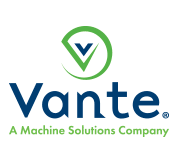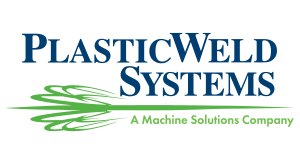Frequently Asked Questions (FAQs)
What types of catheter tipping configurations can you provide?
Our catheter tipping machines can produce a wide variety of configurations, including:
- Closed tips: Spherical radius ends for sealing the lumen.
- Open tips: Tapered ends with smooth transitions between the inner and outer diameters.
- Tapers: Symmetrical and asymmetrical shapes, including those with through holes.
- Edge radius: Smooth edge transitions for patient safety.
- Butt welds: Connecting tubing of different sizes or materials to create extended lengths.
- Flares and flanges: Custom configurations for specialized applications.
What catheter materials can your equipment handle?
Our machines support a wide range of thermoplastics, including:
- PVC, Pebax, Polyamide, PEEK, HDPE, PP, and TPU.
- Certain thermosets, like PTFE, are supported for specific configurations.
What size tubing can your machines process?
Our catheter tipping equipment can process tubing with:
- Outer diameters ranging from 22 gauge up to 10mm.
- Tip lengths of up to 5.5 inches.
How long does it take to receive tooling or dies?
Lead times depend on your specific requirements:
- Standard production tooling: Typically delivered within 6–8 weeks.
- Rapid Prototyping: Tooling for proof-of-concept samples can be delivered in as little as two weeks.
- Contact us to discuss your project timeline.
Can you help with troubleshooting or upgrading existing equipment?
Yes! Our expert technicians can:
- Assess your current equipment for suitability with new applications.
- Provide recommendations for upgrades or adjustments.
- Offer training and support to optimize performance.
What kind of customer support can I expect?
We offer industry-leading support, including:
- Dedicated technical specialists to assist with equipment setup and maintenance.
- Aftermarket support for equipment optimization and repairs.
- Access to replacement parts and tooling through our extensive inventory.
What is induction heating, and how is it used in catheter manufacturing?
Induction heating uses radio frequency energy to heat metal forming dies precisely and consistently. For catheter manufacturing:
- A catheter tube is inserted into the heated die.
- The plastic softens and forms into the die’s shape.
- After cooling, the formed tip is removed.
This process is commonly used to create both open and closed catheter tips.
Do you offer contract manufacturing services?
We do not compete with our customers by offering contract manufacturing. However, we provide limited sample production to certify dies and tooling. For larger-scale needs, we can recommend trusted contract manufacturers.
What are the best practices for cleaning and maintaining catheter tipping dies?
Proper maintenance includes:
- Regular polishing using the recommended compounds and techniques.
- Following the detailed guidance provided in our maintenance manuals.
- Contacting our team for training or additional support tailored to your tooling.
How can I get more information or support?
Contact us at 520-881-6555 or email sales@vante.com. Our team is happy to assist with your questions or project requirements.






